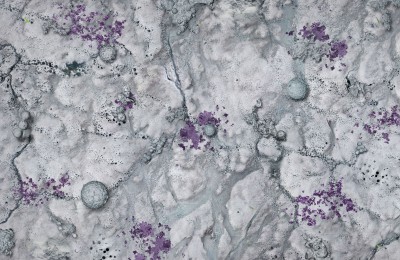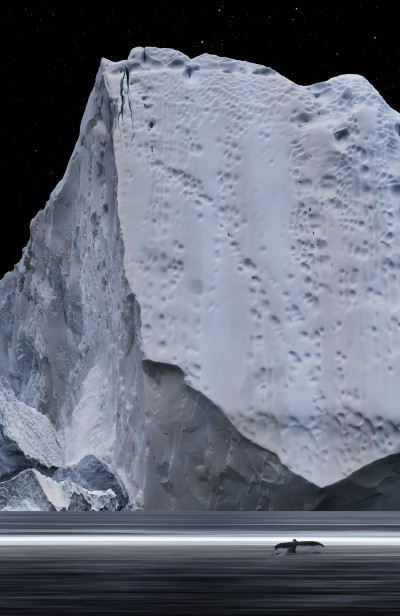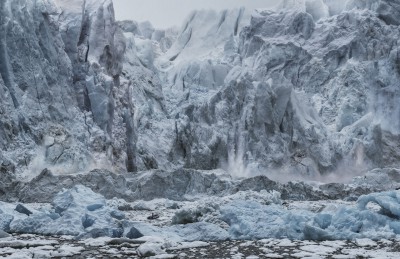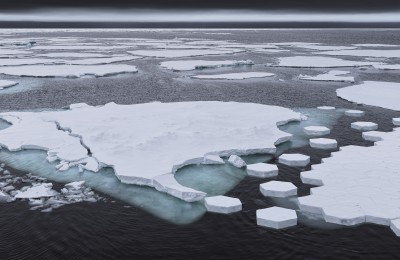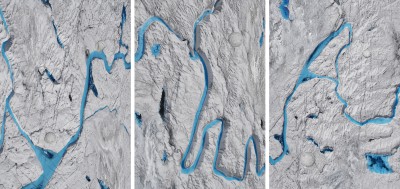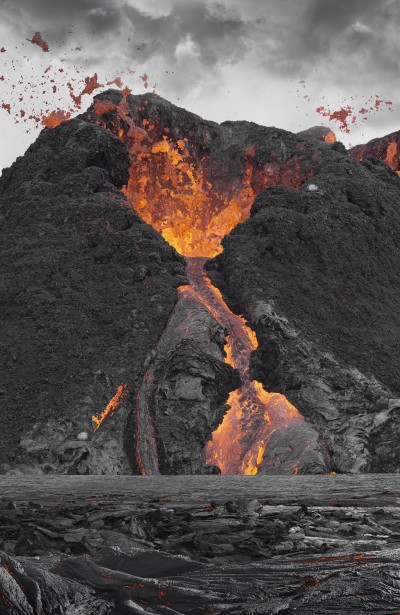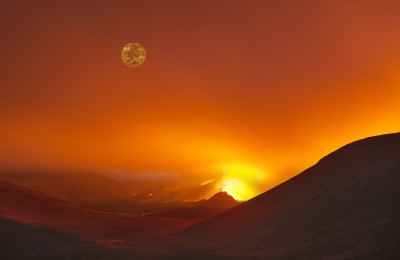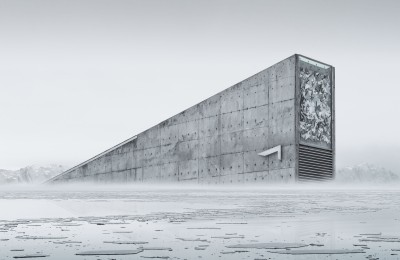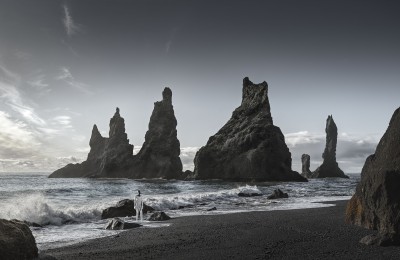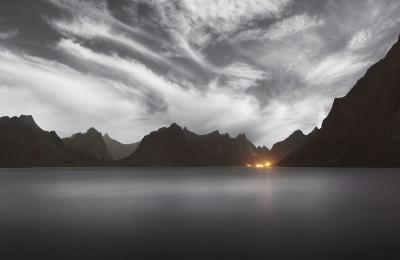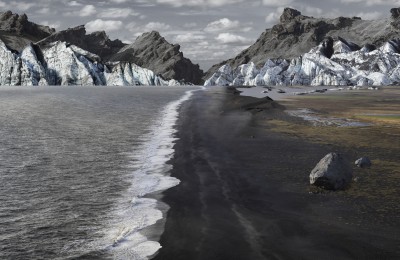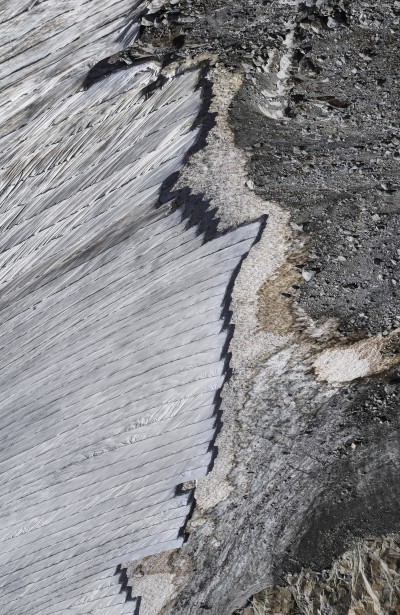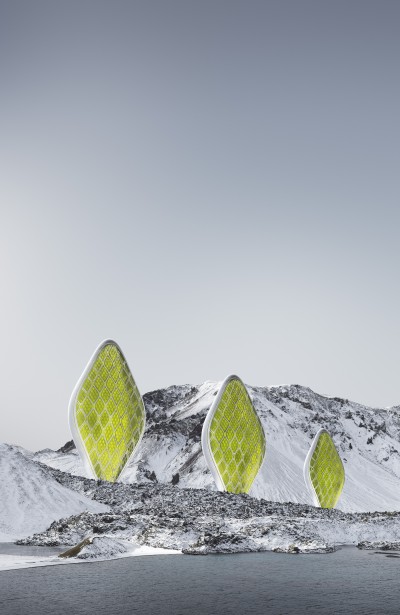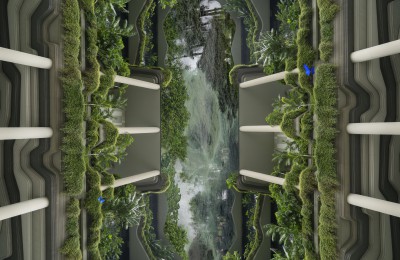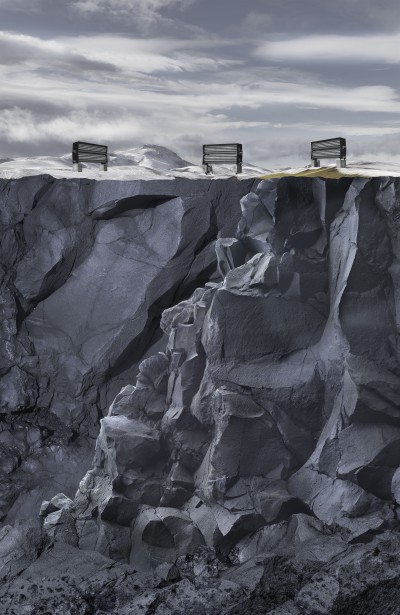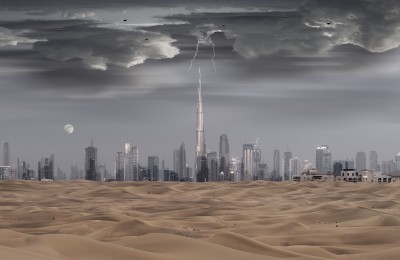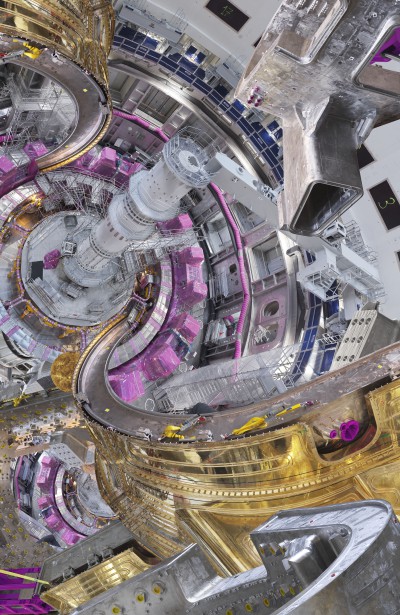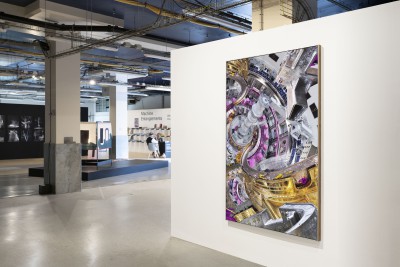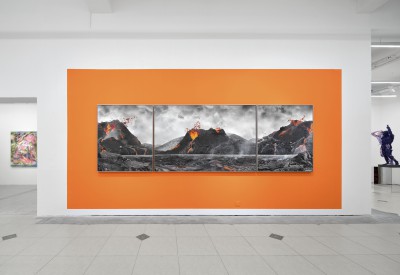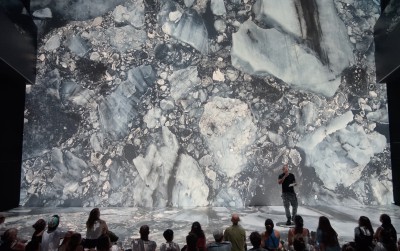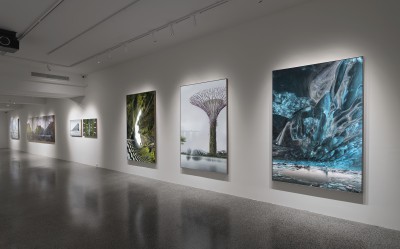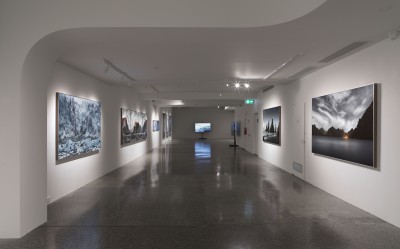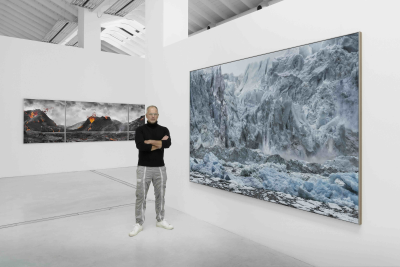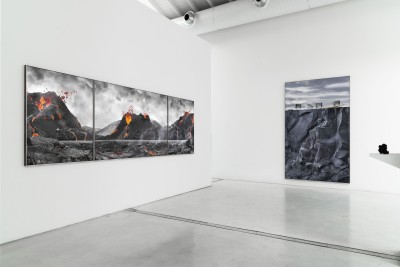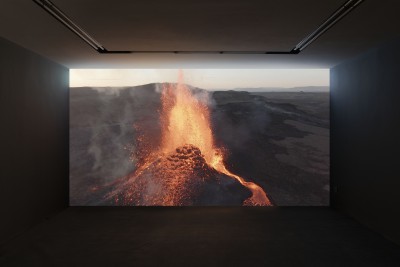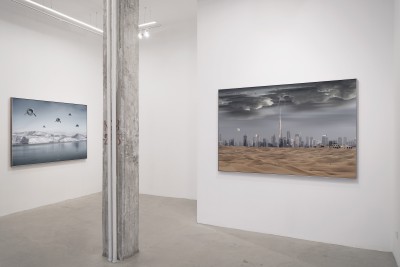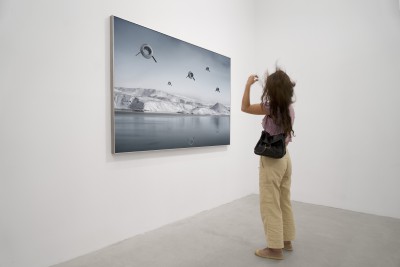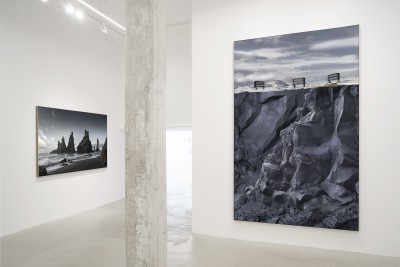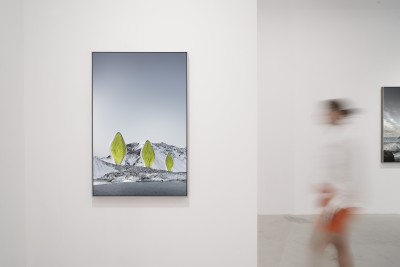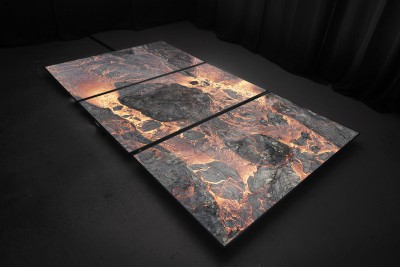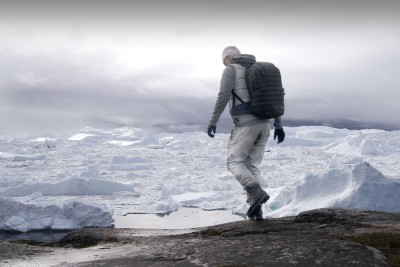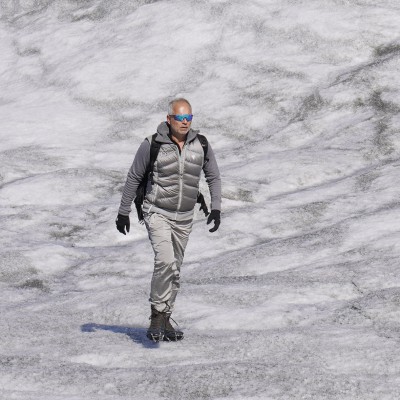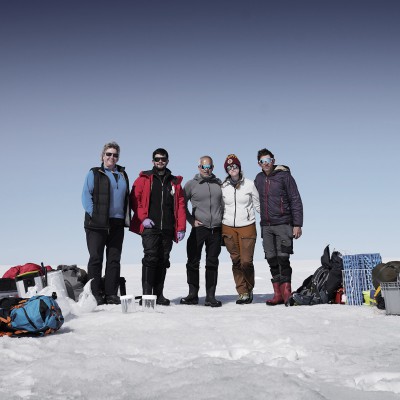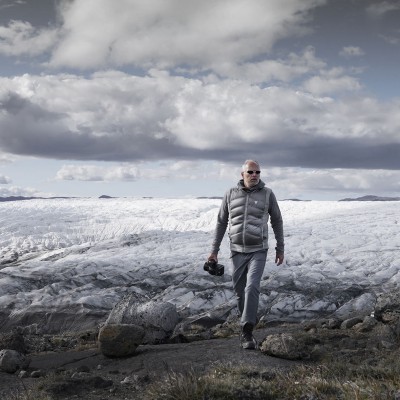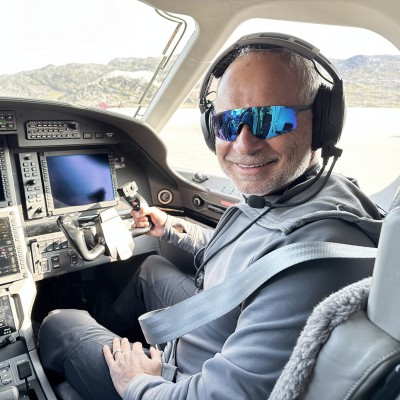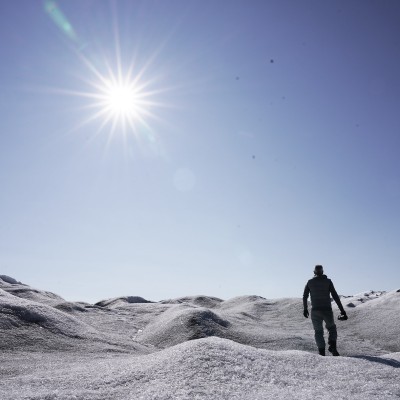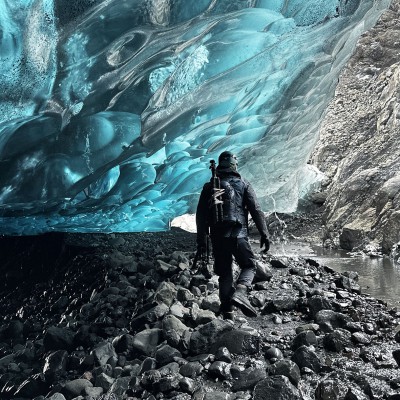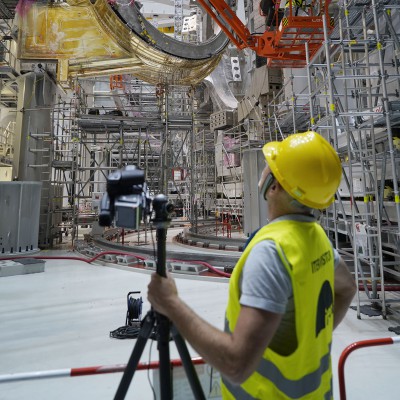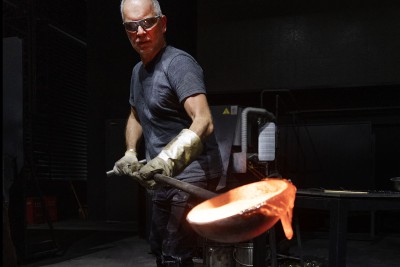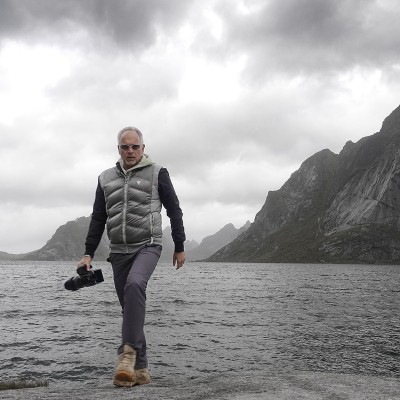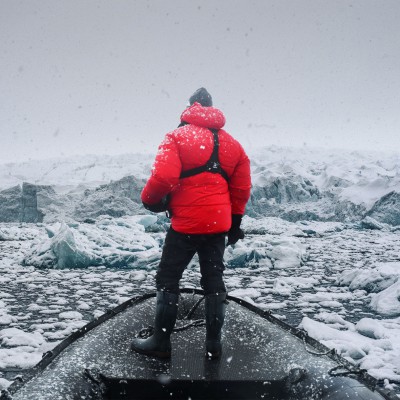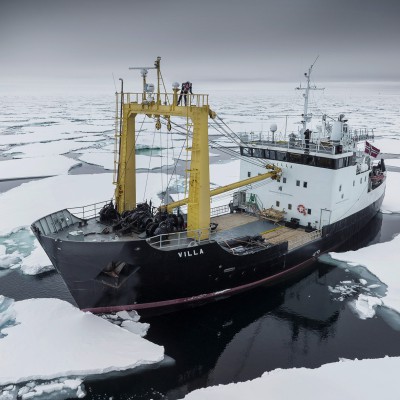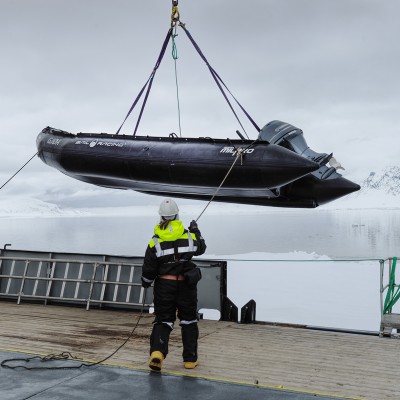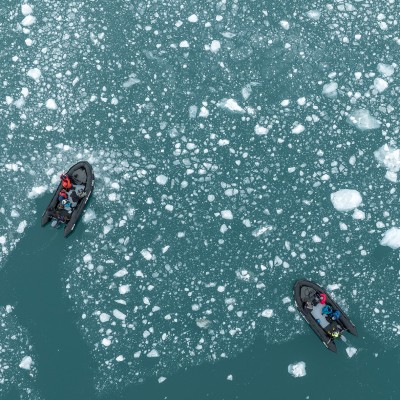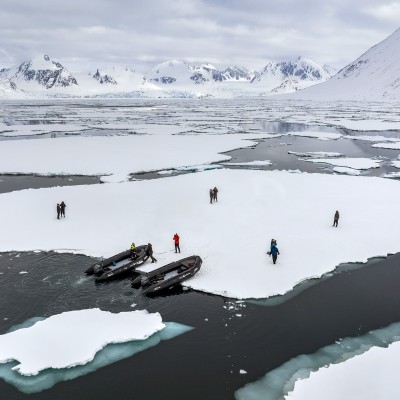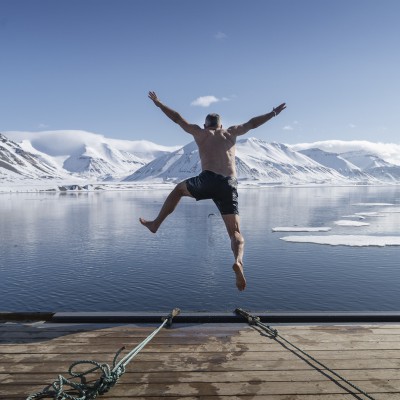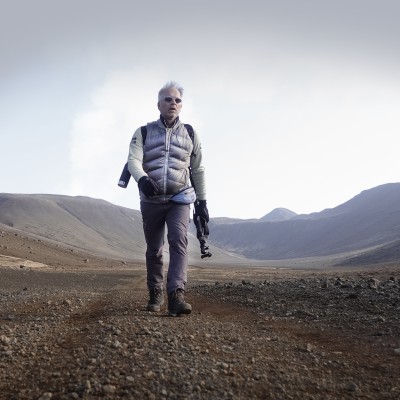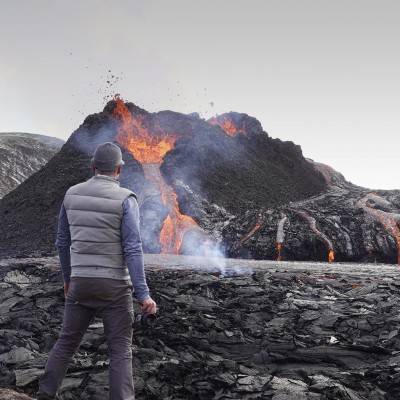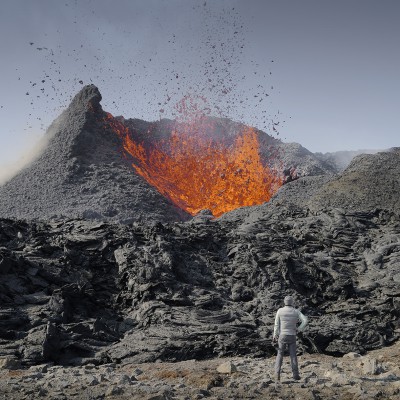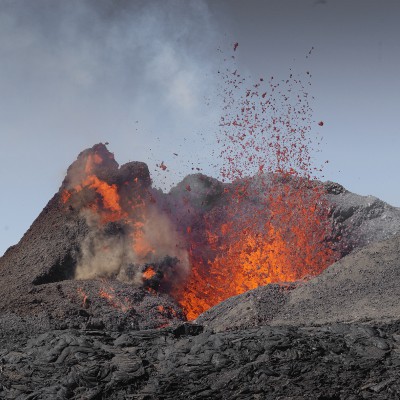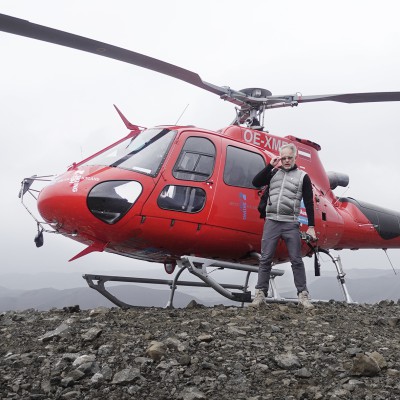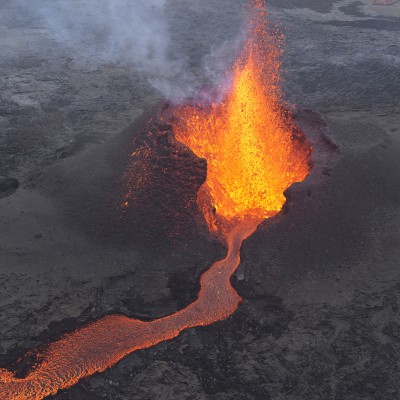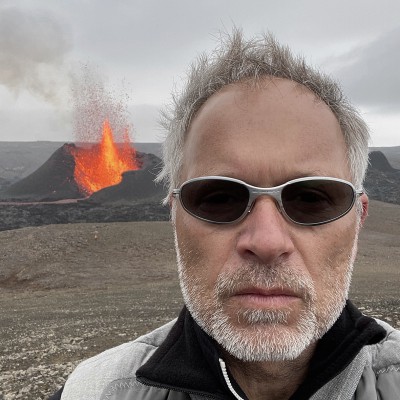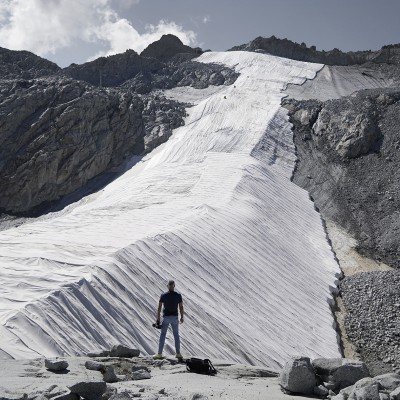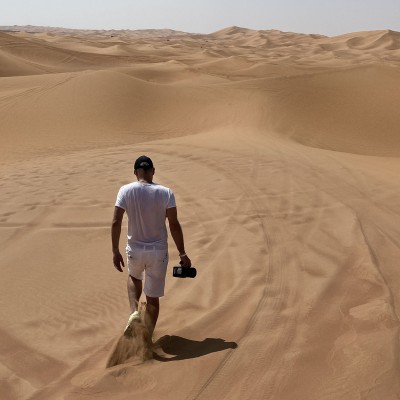arctic dystopia
4K video, single channel, stereo sound, 6:27 min.
The Arctic is changing, the eternal ice is disappearing, the polar regions, the early warning system of our planet, are sounding the alarm. The epicentre of global warming is the North Polar region, which is heating up three times faster than the rest of the world. Over the past 10 years, the average annual area covered by ice in the Arctic Ocean has been at it lowest since 1850. In late summer – a time when the Arctic ice reaches its annual minimum point – the area covered by ice was smaller than it had been for a thousand years. Consequently, incoming sunlight can no longer be sufficiently reflected back into space and temperatures rise exponentially. Even before 2050 we will in all likelihood experience the first summer in which the Arctic Ocean will be largely free of sea ice – in all scientific future scenarios. Roughly half the ice loss is due to ice melting on the surface and flowing away. The other half is caused by the increasing flow velocity of huge glaciers and their increasingly violent calving where blocks of ice break off from the glacier in large chunks and fall into the sea. What is the future of the Arctic ice masses that store enough water to make sea levels rise by several metres if they melt?
Despite its aesthetic fascination, the video work “arctic dystopia” paints a threatening picture with regard to the future transformation of the world due to the consequences of climate change and the resultant loss of Arctic ice. The video is based on the spectacular footage shot during an expedition to the High Arctic in 2022. The artist travelled along the glacier wall in an inflatable boat accompanied by a drone pilot. The camera glides high over a rugged landscape of ice and snow. Slowly it descends into the crevasses in the glacier, navigates an oppressively narrow passage between split blocks of ice, until it reaches a final edge and flies out over the open sea. At this very moment, part of the huge glacier wall collapses and crashes into the sea. The sound track conceived especially for the video intensifies the menace of the visual ice world and adds another level of meaning. Deep bass waves mixed with artificial mechanical sounds point to the origin of the dilemma – the industrialisation of the world. We are dependent on the glaciers and ice sheets in the polar regions for the maintenance of our planet in its present state of equilibrium; their increasing and ever more rapid loss will drastically change our world.
